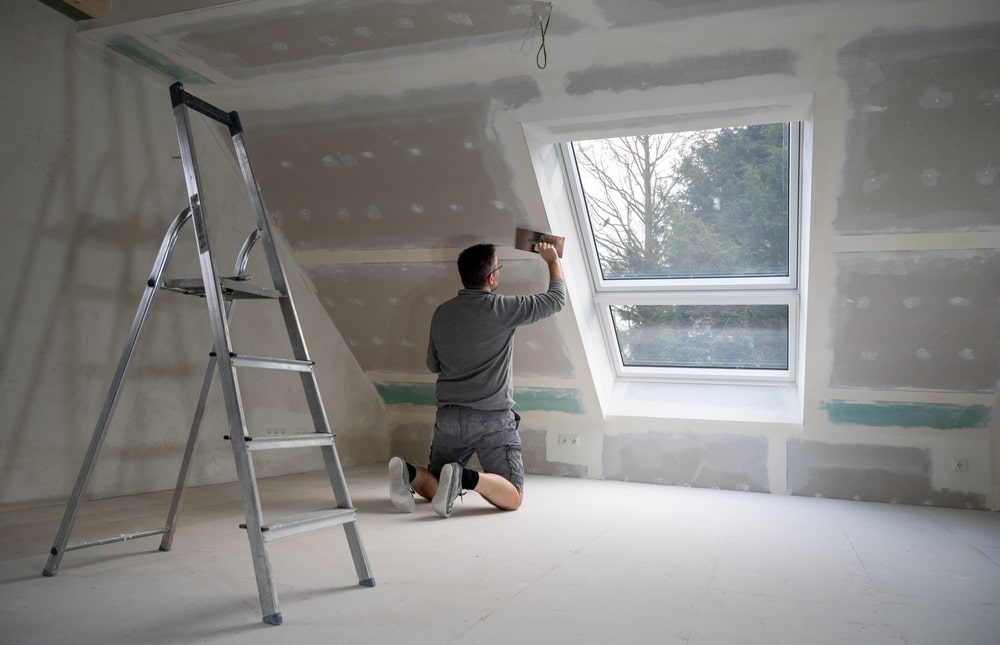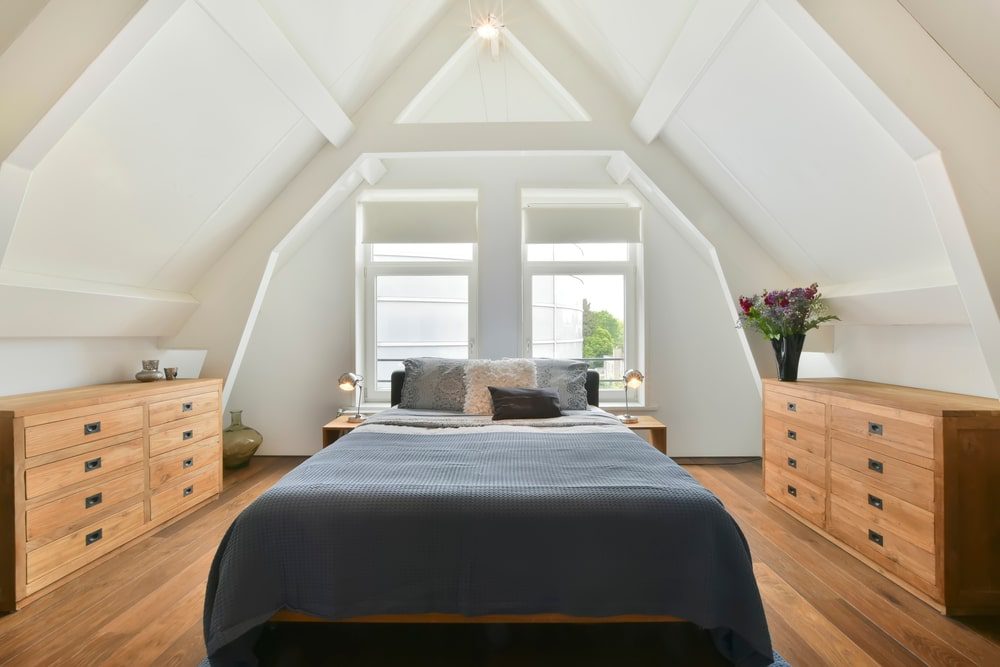Converting your attic into a usable living space is a wonderful way to maximize your home. If you are considering an attic renovation, it’s very important to have some relevant pieces of information nailed down before you’re actually getting started.
Fortunately, what you will read will definitely increase your appetite for using or repurposing your attic. By the end of this article, you will know that it’s not as hard as it seems, and it’s also worth every single penny. So, without further ado, are you ready to upgrade your home to a whole other level? Here’s what you need to know:

Structural reinforcement
Will you be adding a bathroom to your finished attic? Can you foresee heavy furniture in the space? You might have checked no in both of these boxes, but it’s still wise to get a professional and double-check.
It’s also advisable to hire an engineer to see whether your home’s foundation and framing could actually handle the extra weight a finished attic might bring. At a minimum, you might have to strengthen the attic’s floor joists, which might be too shallow or spaced too far apart to actually serve as an adequate floor. Either way, an engineer will tell you what you have to know.
Insulation
An attic is generally the coldest or warmest part of the entire house, depending on the time of the year. In this case, you might need to add some extra insulation. You can spray foam insulation, but it might cost you a little bit.
However, insulation beneath the attic floor will successfully prevent excessive heat loss during the winter and will also provide a sound barrier that might muffle other attic sounds from those on the floor below.
Codes and permits
Building codes differ depending on the municipality, but a very good rule of thumb is “the rule of sevens.” That’s because codes generally specify that a minimum of half the attic’s height must be 7 feet, and this area has to be a minimum of 7 feet wide and 70 square feet.
This might also have quite an impact on your plans, while dormers and other modifications could easily assist in addressing any further issues.
Beams: to expose or not to expose
Do you really want to leave ceiling beams exposed or actually cover them with drywall? This might have some ramifications for lighting, electrical, and various other elements, so it might be a good idea to sort out the beam-or-no-beam question before proceeding.
Skylights
Skylights (especially the ones that can open) are a wonderful solution to let the light into an otherwise dark attic space. However, it’s still important to know where you will be placing them before you start renovating.
Windows
A rather similar alternative to skylights is roof windows like these, and windows that can open might allow the attic to be completely refreshed with air during the summer months.
Bathroom
If you manage to envision adding a bathroom to your renovated attic, then you should do it. It might be a wonderful use of space, and if this is your plan, just think about where you’re going to situate the bathroom.
Placing the bathroom on top of another bathroom on the lower floor might prevent the expense of having to move pipes. Besides, adding a bathroom could also require additional structural strength to handle the new weight, which is another great reason to consult with an engineer.

Storage
Storage is always at a premium in most homes, so converting an attic into a living space could present a great opportunity to create some built-in storage solutions, like this amazing window seat/storage unit with built-in shelving and drawers to fully maximize the use of space.
Stairs
Will you need to create a space for a brand new staircase up to the attic? You have to think about whether or not that might entail expanding the existing attic stairs or creating a brand new concept, like a space-saving spiral staircase.
Managing to establish where you’re going to locate a staircase and what type of staircase that will be will also help you establish the layout of your new refinished attic.
Ceiling fan
When you’re designing the attic, you might want to give serious consideration to leaving space for a ceiling fan. Not only will a ceiling fan keep the attic from getting all musty by circulating air throughout, but it will also keep the space cool in the summer and warm in the winter.
This will push the hot air down into the house instead of just letting it escape through the roof.
Heating and cooling
Plenty of homeowners find that extending the heating and cooling system to the attic might be more of a hassle than they originally anticipated. That’s probably one of the reasons why they opt to give the attic its own standalone heating and cooling. Baseboard heaters and radiant under-floor heating could also represent valuable options.
Attic alternatives: home office
For anyone with roommates (whether it’s family or friends) who worked at home during pandemic times, the entire idea of being productive at home is achievable. If that’s the case, then why not add a desk, an IKEA bookcase, or some cubbies, and a wall calendar or whiteboard for the most important tasks so you can properly meet those work deadlines in relative silence?
All you have to do is make sure that the wifi works consistently before deciding to go on this route. Bonus points: You will be farther away from all the snacks.
Guest room
If you’re fully aware of the inconvenience that comes with displacing another family member onto a squeaky air mattress in your room every single time guests spend the night, then converting the attic into a guest room is an enticing option.
I mean, as long as the dimensions fit the living space regulations, meaning the ceiling height, stair dimensions, insulation, and egress, then your attic could be a fantastic place for friends and family who decide to spend the night.
Playroom
There are many good reasons to convert your attic space into a playroom for young kids. On one hand, attics are generally smaller than other rooms in the house, which is ideal for pint-sized furniture such as beanbag chairs, mini-bookcases, labeled toy bins, and also short tables or chairs.
The wide majority will also adore having their own private, triangle-roofed space of nooks to explore. Add the reduction of noise and toysplosions in the main living areas, and you have the perfect environment for children.
Walk-in closet
Admittedly, you could always turn your attic into a walk-in closet. It’s basically a form of storage, only updated. Instead of tossing left and right all those sweaters and seasonal footwear and stumbling upon them on your way out, you can transform your attic into your own private dressing room.
Install tiered clothing rods, shelves, cabinets, and a mirror, and you’ve got yourself a functional walk-in closet. Moreover, if the attic isn’t as close as you’d like to your bedroom, you can use it to store clothes that aren’t the right fit for the moment, as well as all the out-of-season shoes and coats.
If you enjoyed reading this article, then you also need to check out this one: 12 Unexpected Old Home Features You’ll Be Glad You Restored





